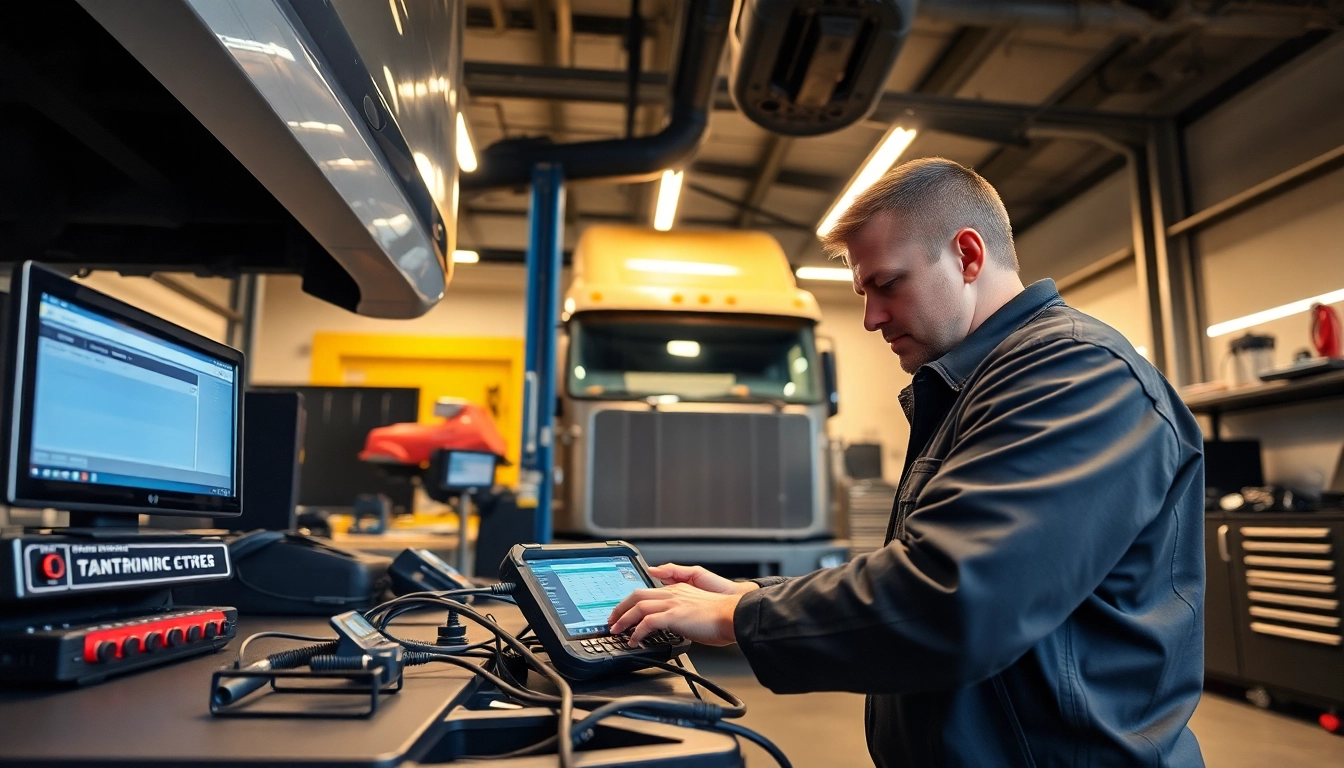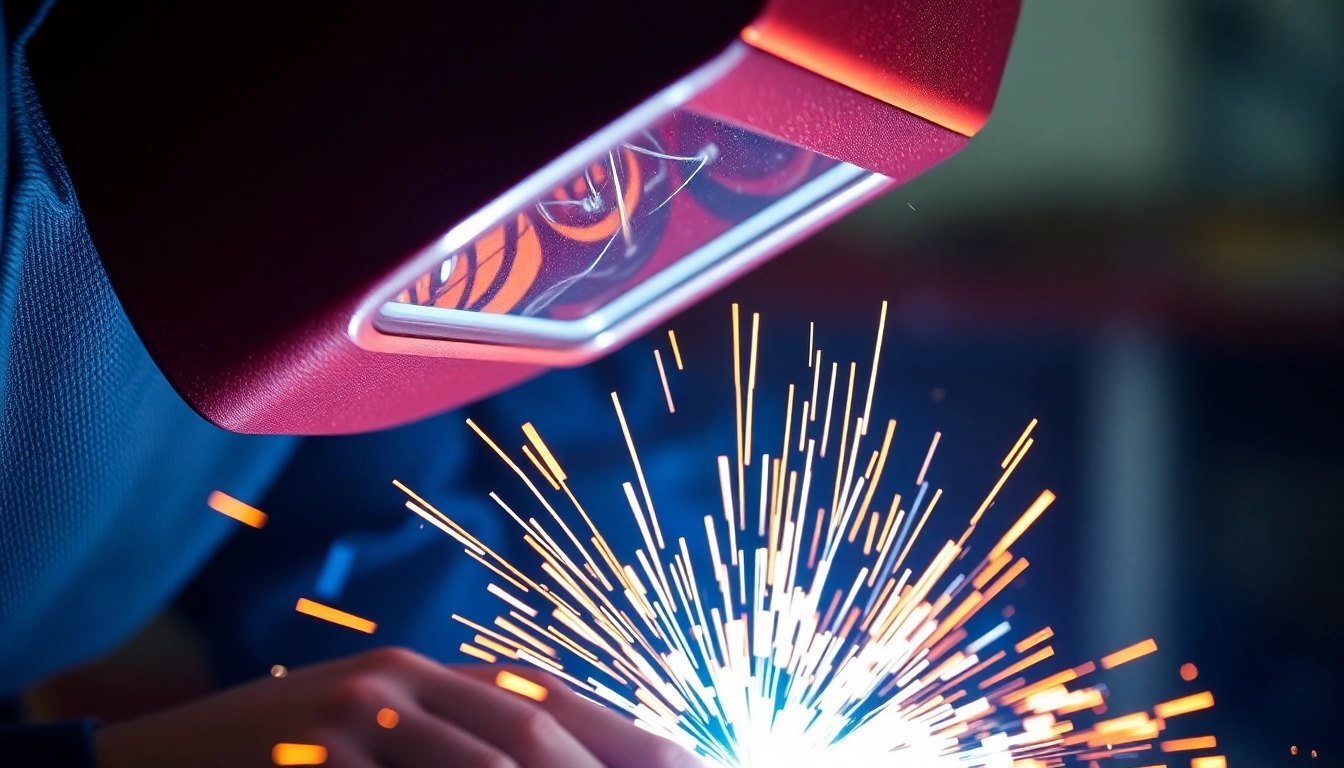Understanding AC DC TIG Welders
What is an AC DC TIG Welder?
An ac dc tig welder is a type of welding machine designed specifically for TIG (Tungsten Inert Gas) welding. Unlike conventional DC-only TIG welders, AC/DC TIG welders provide the flexibility to weld a variety of metals including aluminum, stainless steel, and carbon steel with optimal efficiency. The ability to switch between alternating current (AC) and direct current (DC) makes these machines versatile, allowing welders to handle different materials and thicknesses with ease. AC current is particularly effective for materials that require a cleaning action, such as aluminum, while DC current is better suited for welding steel and stainless steel due to its stability and deeper penetration.
How They Work: Key Components Explained
Understanding how AC/DC TIG welders function involves familiarizing oneself with several key components:
- Tungsten Electrode: The welding electrode, typically made of pure tungsten or tungsten alloys, is crucial in creating the arc. Its composition influences the durability and conductivity of the electrode.
- Power Source: This component controls the voltage and current output. The power source can either be a transformer-based or inverter-based system, with inverter systems generally offering more features and efficiency.
- Foot Pedal: This allows for precise control over the welder’s amperage during operation, enabling welders to adjust the heat output for different materials and thicknesses.
- Gas Delivery System: TIG welding requires an inert gas, usually argon, to protect the weld from contamination. The gas delivery system ensures a consistent flow of gas throughout the welding process.
- Cooling System: Many AC/DC welders incorporate a cooling system to prevent overheating during extended use.
Benefits of Using AC DC TIG Welders
AC DC TIG welders come with a diverse set of advantages that cater to the needs of professional welders:
- Versatility: The ability to switch between AC and DC allows welders to tackle a wide range of materials, making these machines suitable for various applications from automotive repair to artistic metalwork.
- Precision: TIG welding is known for producing high-quality, precise welds. AC DC welders enable welders to create clean, strong joints that require little to no finishing.
- Control: AC DC TIG welders provide excellent control over heat settings and arc stability, accommodating different metal thicknesses and types.
- Less Clean-Up: The quality of the weld often means there is less spatter and clean-up required afterward compared to MIG welding.
Types of Metals You Can Weld with AC DC TIG Technology
Welding Aluminum: Techniques and Best Practices
Aluminum is a popular choice for TIG welding due to its lightweight and resistance to corrosion. However, the welding process requires specific techniques:
- Cleanliness: Aluminum must be meticulously cleaned before welding to remove oxide layers and impurities. This can typically be achieved through chemical cleaning or mechanical means involving brushes or sanders.
- AC Welding: Using the AC mode is crucial for aluminum as it allows for a cleaning action on the oxide layer, promoting better weld penetration and integrity.
- Tungsten Preparation: For aluminum welding, it’s recommended to use a 2% thoriated tungsten electrode sharpened to a point since it will stabilize the arc better.
- Heat Control: Maintaining the correct amperage is vital; too much heat can lead to burn-through, while insufficient heat results in poor fusion.
Stainless Steel vs Carbon Steel: Which to Choose?
The choice between stainless steel and carbon steel depends largely on the application at hand:
- Stainless Steel: Ideal for applications requiring corrosion resistance, stainless steel maintains its strength and aesthetic appeal over time. It often requires a DC welding process for optimal results.
- Carbon Steel: Preferred for structural applications due to its strength and low cost. With thick materials, DC welding again is favored for its deep penetral qualities.
Understanding Thickness Limits for Welding
Each AC/DC TIG welder has specific limits regarding the thickness of the metal that can be welded. Understanding these limits helps prevent poor-quality welds:
- Thin Metals: AC DC TIG welders excel at welding thin metals due to their control over pedal function, heat, and arc stability.
- Thick Metals: More powerful models can weld metals up to 3/4 inches thick, but the welder should be equipped with adequate amperage output while ensuring proper fit-up and joint design.
Top Features to Look for in an AC DC TIG Welder
Power Output and Duty Cycle Considerations
Power output and duty cycle are crucial attributes that dictate performance:
- Power Output: The most common output range for AC DC welders is between 200 and 300 amps, allowing flexibility across multiple welding tasks.
- Duty Cycle: This represents the welder’s operational time within a certain period. A 60% duty cycle means the welder can work for 6 minutes out of every 10 minutes at its rated output without overheating.
Portability and User-Friendly Design
For many professional welders, portability is essential. Features that enhance usability include:
- Weight and Size: Lightweight models can easily be transported to various job sites. Compact designs facilitate easier storage and handling.
- User-Friendliness: A well-structured control panel and easy-to-read displays help enhance operator efficiency and confidence during use.
Control Features: Analog vs Digital
Control features factor heavily in the choice of an AC DC TIG welder:
- Analog Controls: Generally less expensive, these often come with knobs for settings that some users prefer due to their tactile feel.
- Digital Displays: More advanced machines come with digital interfaces allowing precise adjustments at the click of a button, often paired with memory functions for repeated settings.
Maintenance Tips for Your AC DC TIG Welder
Regular Cleaning and Inspection Procedures
To ensure your AC DC TIG welder operates efficiently and lasts for years, regular maintenance is key:
- Daily Checks: Inspect cables and connections for signs of wear and tear, particularly after heavy use.
- Gas System Maintenance: Ensure the gas lines are clean and free from debris. Check for leaks and replace gas filters as needed.
- Cooled Systems: Clean out any dust and particles from the cooling system to prevent overheating.
Common Issues and Troubleshooting Solutions
Understanding common welding problems can save valuable time:
- Inconsistent Arc: This can result from improper electrode preparation or contamination. Maintaining clean electrodes and materials can mitigate this issue.
- Overheating: This may indicate a need for a more powerful welder or insufficient duty cycle. Consider upgrading equipment or alternating use patterns.
Tips for Extending the Lifespan of Your Welder
Protecting your investment involves more than just basic maintenance:
- Routine Maintenance: Schedule inspections and follow the manufacturer’s recommended maintenance checks.
- Store Properly: Ensure your welder is stored in a dry environment to negate rust and corrosion.
Where to Buy the Best AC DC TIG Welders
Comparing Leading Brands and Models
When considering which welder to buy, researching various brands is essential:
- Everlast: Known for their affordable pricing and reliable performance, especially for aluminum work.
- Pioneer: Offers advanced features like digital displays and exceptional duty cycles.
- Miller and Lincoln Electric: Considered industry standards, these brands offer professional-grade machines suitable for extensive applications.
Online Retailers vs Local Shops: Which is Best?
Choosing between online and local purchasing can affect service and support:
- Online Retailers: Often provide a wider selection and competitive pricing but may sacrifice personalized support.
- Local Shops: May offer valuable insights and support but often at higher prices.
Understanding Warranty and After-Sales Support
Before making a purchase, consider the warranty and support aspects:
- Warranty Terms: Look for warranties that cover common components and encourage professional servicing as needed.
- Customer Support: Engaging with customer support prior to purchase can give insight into the level of service provided.




